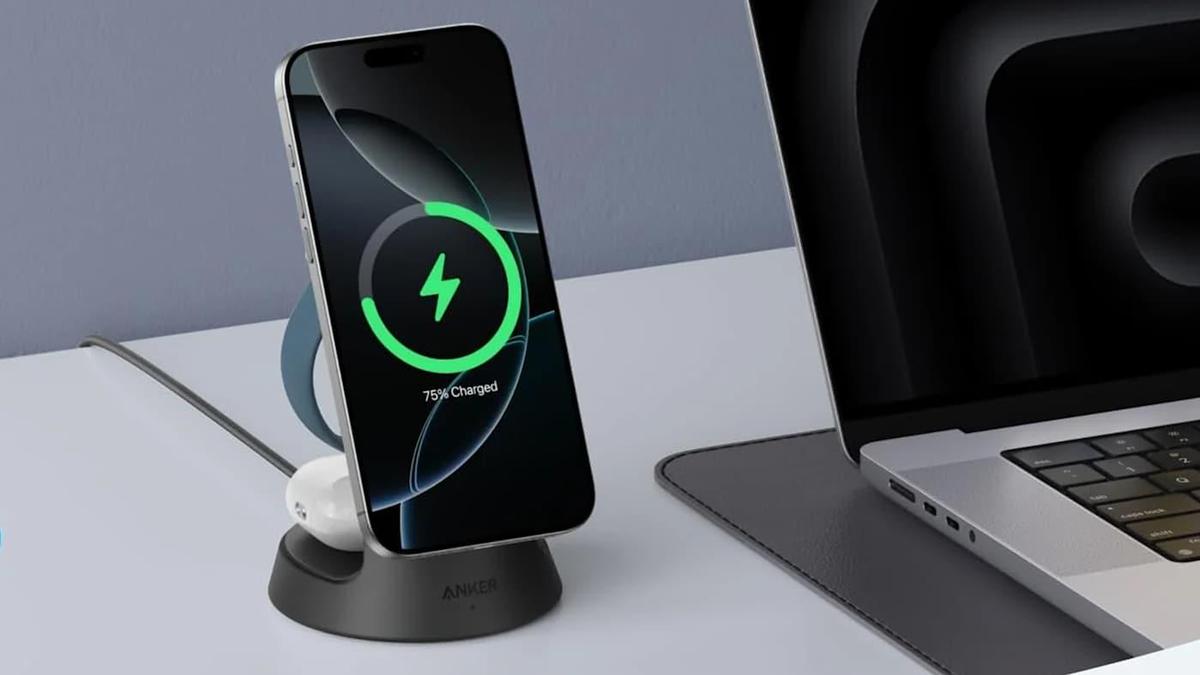Understanding Moon Phases: A Guide to the Lunar Cycle
Understanding Moon Phases: A Guide to the Lunar Cycle
Have you ever looked up at the night sky and wondered about the different shapes of the moon? The moon goes through a fascinating cycle of phases, changing its appearance as it orbits the Earth. Let’s explore the lunar cycle and understand what causes these changes.

What are Moon Phases?
Moon phases are the different ways the moon appears to us from Earth as it orbits our planet. According to NASA, these phases are caused by the changing angles between the Sun, Moon, and Earth during the moon’s 29.5-day orbit. We always see the same side of the moon, but the amount of it that’s lit up by the sun varies depending on its position.
Think of it like this: imagine holding a ball (the moon) and walking around a lamp (the sun). As you move, different parts of the ball are illuminated, and that’s what we see as the different moon phases.
The Eight Main Moon Phases
The moon goes through eight main phases in a repeating cycle:
- New Moon: The moon is between the Earth and the Sun. The side facing us is dark, making it invisible to the naked eye.
- Waxing Crescent: A tiny sliver of light appears on the right side (in the Northern Hemisphere). “Waxing” means the illuminated portion is increasing.
- First Quarter: Half of the moon is lit on the right side, resembling a half-moon.
- Waxing Gibbous: More than half of the moon is illuminated, but it’s not quite a full moon yet.
- Full Moon: The entire face of the moon is illuminated and fully visible. This is often the brightest and most impressive phase.
- Waning Gibbous: The moon starts losing light on the right side. “Waning” means the illuminated portion is decreasing.
- Last Quarter (or Third Quarter): Another half-moon, but this time the left side is lit.
- Waning Crescent: A thin sliver of light remains on the left side before the moon goes dark again, returning to the new moon phase.
Observing the Moon: Tips and Tricks
- Use a Moon Phase Calendar: There are many online calendars and apps that show the current moon phase and predict future phases. This can help you plan your moon-gazing activities!
- Binoculars or Telescope: While you can see the moon phases with the naked eye, binoculars or a telescope can enhance your viewing experience, revealing craters and other surface details.
- Find a Dark Location: Light pollution can make it difficult to see the moon clearly. Try to find a location away from city lights for the best viewing.
The Moon’s Influence: Tides and More
The moon’s gravitational pull has a significant impact on Earth, most notably causing tides. The alignment of the Sun, Moon, and Earth during new and full moons results in higher high tides and lower low tides, known as spring tides. Conversely, during the first and third quarter moons, we experience neap tides, with less extreme high and low tides.
Some people also believe the moon influences other aspects of life, such as plant growth and human behavior, although scientific evidence supporting these claims is limited.
Predicting Future Moon Phases
While precise moon phase predictions require calculations, you can get a general idea using the lunar cycle. For example, if you know when the last full moon occurred, you can estimate that the next one will be approximately 29.5 days later. Websites like NASA’s Moon Observation page provide detailed information and tools for tracking the moon’s phases.
Actionable Takeaway
Download a moon phase app or find an online calendar to track the lunar cycle for the next month. Observe the moon each night and note how its appearance changes. Try to identify the different phases and appreciate the beauty and regularity of this celestial phenomenon.
FAQ About Moon Phases
Q: How long does it take for the moon to go through all its phases? A: Approximately 29.5 days.
Q: Why do we only see one side of the moon? A: The moon is tidally locked with Earth, meaning its rotation period is the same as its orbital period. This results in the same side always facing us.
Q: Does the moon look the same from everywhere on Earth? A: The phases are the same, but the orientation (which side is up) can vary depending on your location in the Northern or Southern Hemisphere.
Key Takeaways
- Moon phases are caused by the changing angles between the Sun, Moon, and Earth.
- The lunar cycle consists of eight main phases: New Moon, Waxing Crescent, First Quarter, Waxing Gibbous, Full Moon, Waning Gibbous, Last Quarter, and Waning Crescent.
- The moon’s gravity influences Earth’s tides.
- Observing the moon can be a fascinating and rewarding experience.
Source: Mashable



